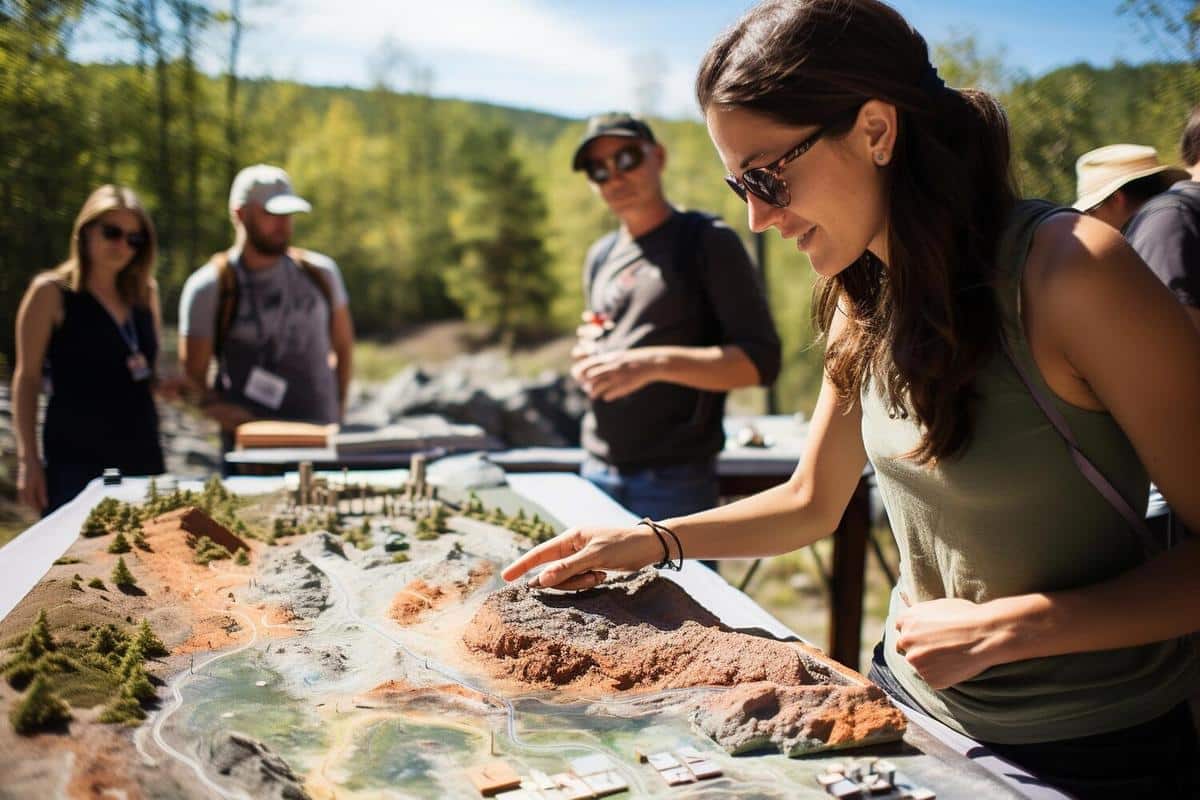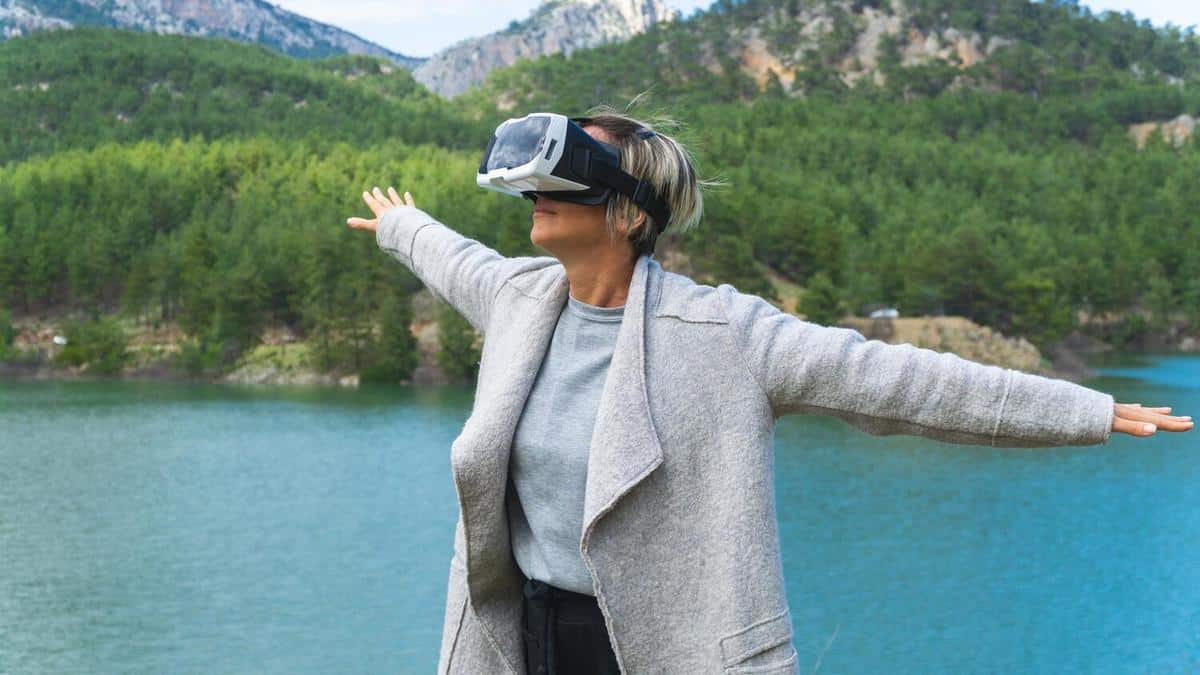
Music and Dance: Experiencing the Rhythms of Different Cultures
Music and dance are universal languages that transcend borders and bring cultures together. Each culture has its unique way of expressing emotions and stories through these art forms, offering a glimpse into the heart of its people.
Exploring the Diversity of Rhythms
The world is a vibrant tapestry of cultures, each with its own musical and dance traditions. From the passionate flamenco of Spain to the rhythmic beats of African drums, these art forms are deeply rooted in cultural heritage. As ethnomusicologist Dr. Lucy Green notes, “Music and dance are vital components of cultural identity, shaping and reflecting societal values.”
The Impact of Music and Dance
Research by the International Journal of Music Education highlights that participation in music and dance can enhance cognitive abilities and improve emotional well-being. For instance, traditional Indian classical dance is not only an art form but also a means of storytelling and worship, offering both performers and audiences a profound spiritual experience.
A Personal Encounter
Imagine attending a traditional Brazilian carnival, where the streets erupt with samba rhythms and vibrant costumes. This immersive experience can leave a lasting impression, fostering a deeper appreciation for cultural diversity.
Tips for Cultural Engagement
- Attend local cultural festivals and performances.
- Take a dance class to learn traditional moves from different cultures.
- Explore music from around the world through online platforms.
When exploring new music and dance styles, try to learn about their cultural significance and historical context. This will enrich your understanding and appreciation.
Comparing Cultural Styles
| Culture | Music Style | Dance Style |
|---|---|---|
| Spain | Flamenco | Flamenco Dance |
| Brazil | Samba | Samba Dance |
| India | Classical | Bharatanatyam |
| Africa | Drumming | Traditional Dance |
| Japan | Taiko | Bon Odori |
| Ireland | Celtic | Irish Dance |
| USA | Jazz | Hip Hop |
| China | Folk | Dragon Dance |
Frequently Asked Questions
Why is music important in cultural exploration?
Music offers insights into the emotions, values, and history of a culture, making it a powerful tool for understanding and connecting with diverse communities.
How can I learn more about different cultural dances?
Joining a dance class, watching performances, and engaging with cultural communities are effective ways to learn about and experience various dance styles.
Conclusion
Music and dance are more than just forms of entertainment; they are vital expressions of cultural identity. By exploring the rhythms and movements of different cultures, we can foster greater understanding and appreciation for the diversity that enriches our world. Embrace the opportunity to immerse yourself in these cultural experiences and let the rhythms guide you on a journey of discovery.


